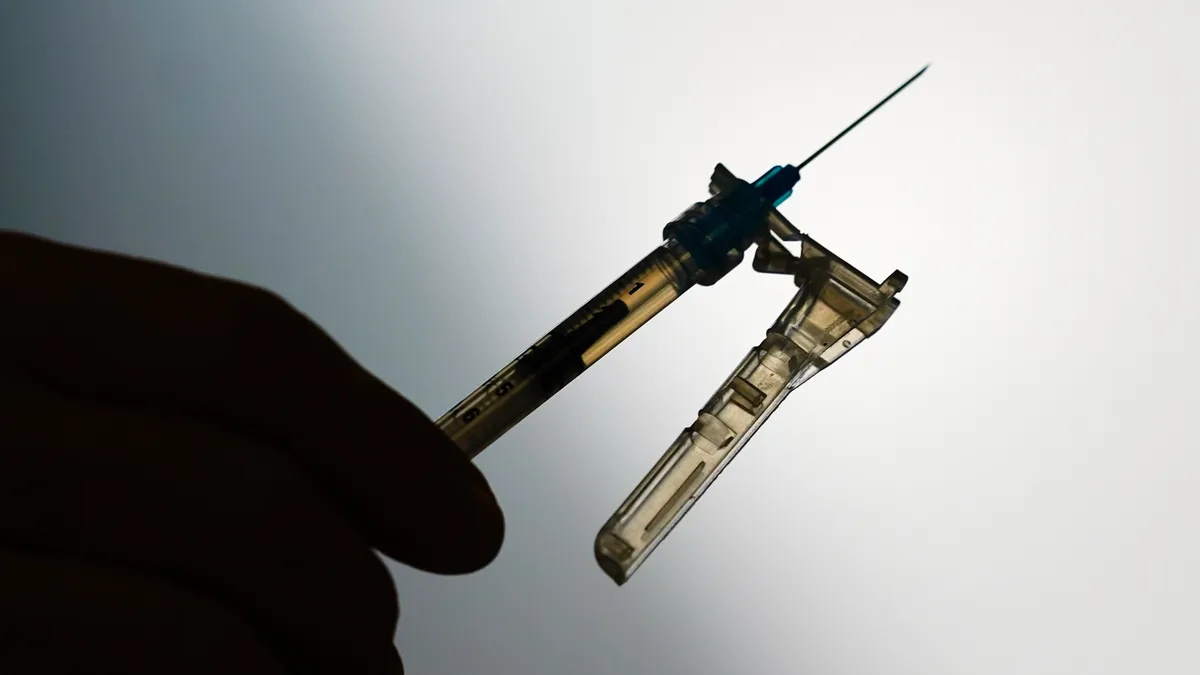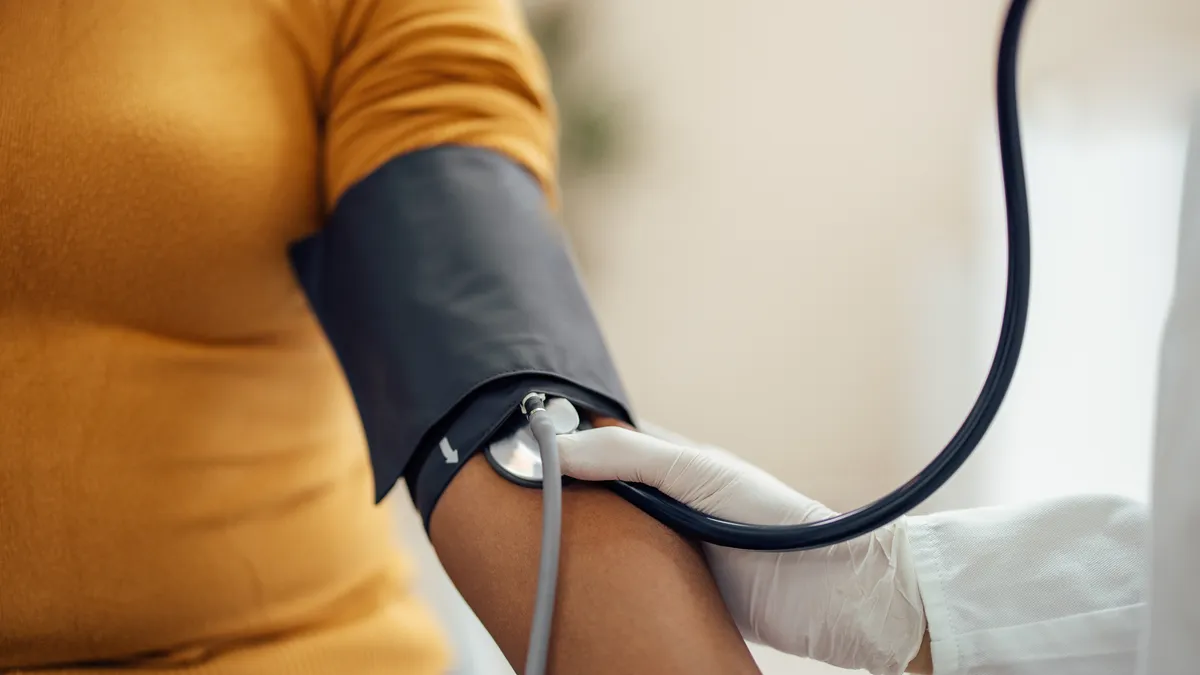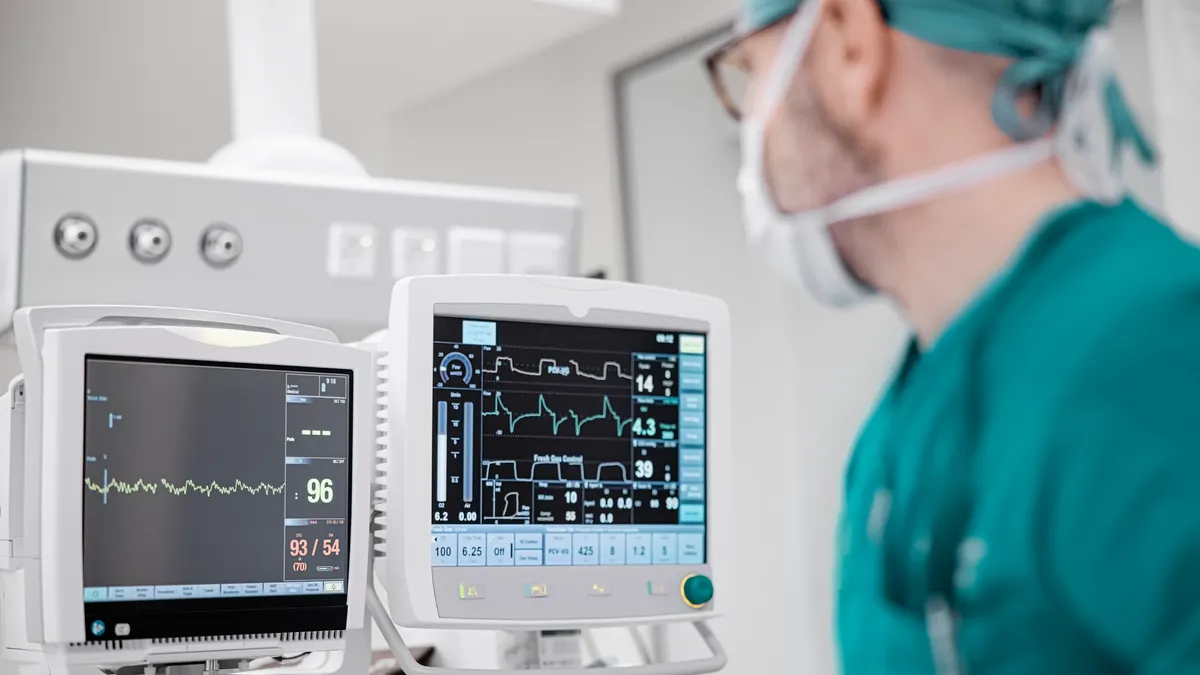Japan — with an aging population and one of the world's highest national life expectancies — is a prime market for medical devices. Demand for orthopaedics is booming as the aging Japanese population looks to remain active.
The island nation is the second largest global market for U.S.-made medical devices, accounting for roughly $20 billion in sales, according to the U.S. Department of Commerce's International Trade Administration. U.S. companies supply about a quarter of all medical devices used in Japan.
Joint replacements, spinal implants and fixative materials in particular are seeing strong demand.
The Asia Pacific region is Zimmer Biomet's fastest growing market, contributing 16% of global sales in 2018, up from 14.3% in 2015, Masahiro Matsumoto, president of Zimmer Biomet Japan, said.
Japan accounts for a "significant contribution to [regional] growth," Matsumoto told MedTech Dive via email, adding Zimmer Biomet Japan "achieved positive growth and performed above target" last year. The company confirmed in first quarter earnings Friday Asia Pacific was its strongest growing region for the period, with sales up 5.6%.
Among the devices Zimmer Biomet is promoting in Japan are the Rosa robotics platform, including the Rosa Brain application, a continuum of treatments for ailing knees, and platelet rich plasma technologies, a regenerative therapy that allows doctors to use a patient's own blood to treat sports and orthopaedic injuries.
Medtronic reported similar growth during its most recent quarter, Medtronic said it experienced "consistent" cross-segment growth in Japan, highlighting recent launches of its Evolut Pro TAVR (transcatheter aortic valve replacement) device and IN.PACT drug-coated balloon, as well as anticipated launch of its HVAD ventricular assist system.
Japan is the second-largest market for spinal devices, Medtronic said, citing internal research.
"Diseases of the aging spine are increasing in prevalence, which has consequently grown the need for improved clinical options for surgeons," Chirag Amin, regional marketing director for competitor Johnson & Johnson's DePuy Synthes Asia Pacific, told MedTech Dive via email.
Regulatory hurdles
But Japan's complex and costly regulatory system, combined with language issues, pose challenges for foreign companies seeking to penetrate its medtech market.
Registering products with Japan's Pharmaceuticals and Medical Devices Agency is slow, and that regulatory body is a notorious stickler for details.
Each dossier review in Japan requires a data reliability check, which is not required by either FDA or European Union regulators, according to Matsumoto. The reliability check involves submission of raw data and lab records, including testing facility calibration records, which can add two to three months to the time it takes to prepare a submission, he said. And fees for formal consultations with the PMDA can run between $10,000 and $20,000.
Approval in the U.S. or the EU may help getting a product approved in Japan, but the PDMA frequently requires a clinical study to make sure the product performs as well on Japanese patients as on patients in Western markets. The added cost of conducting a local clinical study can be an additional hurdle for device companies, particularly for smaller foreign companies with innovative products.
To register a medical device in Japan, companies are required to have a market authorization or designated marketing authorization holder with an office in Japan, which can be a subsidiary of the foreign company, a distributor, or an independent third party.
Key to success in the Japanese device market is engaging key opinion leaders (KOLs) who are enthusiastic about the new product, because they help to determine the registration process as well as reimbursement, Ames Gross, president and founder of the consultancy group Pacific Bridge Medical, said.
"The first step for any company if they're going into Japan is to get the right Japanese KOLs on board," Gross told MedTech Dive. "You have to find the most powerful ones for the specific sector you're looking at, and you have to court them and … see if they are supportive of the technology."
The Japanese regulatory body allows these opinion leaders to import nonregistered products for their own personal use, providing a hands-on way for them to learn about the technology. But the limited use arrangement means if the importing doctor uses it on a patient, the device won't be reimbursed.
"We expect to work closely with hospitals in the future to balance the need to treat the country's aging population with best-in-class technology at a sustainable cost base," DePuy Synthes' Amin said.
Boosting reimbursement
Hospitals and doctors purchasing medical devices tend to look for products that are reimbursable, Gross noted.
Recent cuts to reimbursement have hurt profitability for some. Orthopaedic devices saw a "significant drop in reimbursement" averaging 2.7% in 2018, which adversely affected pricing, Matsumoto said. In evaluating reimbursement, Japan looks at the foreign average price of products in the U.S., U.K., Germany, France and Australia, which trend on the lower side, he added.
Moreover, while the government typically provides generous reimbursement for devices, if a new technology appears to fit within an existing reimbursement category, it may be reimbursed at a lower amount that is not profitable for a foreign manufacturer.
"It may be tough to get increased reimbursement for a better mousetrap," Gross said. That can make a Japanese launch less profitable for a foreign manufacturer.
To maximize reimbursement, companies need to demonstrate that the product is a significant improvement over existing alternatives or that it is entirely novel with no predicates on the market. Either of these can trigger the creation of a new reimbursement code.



















